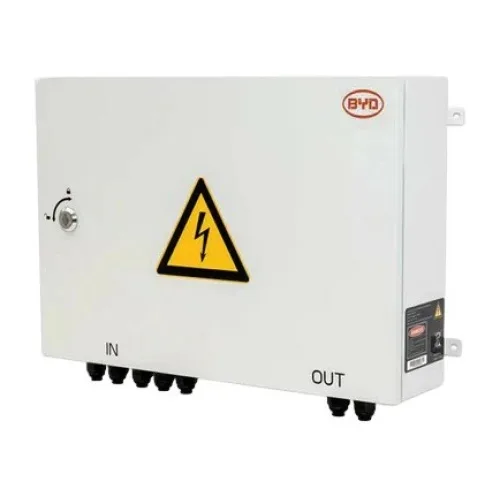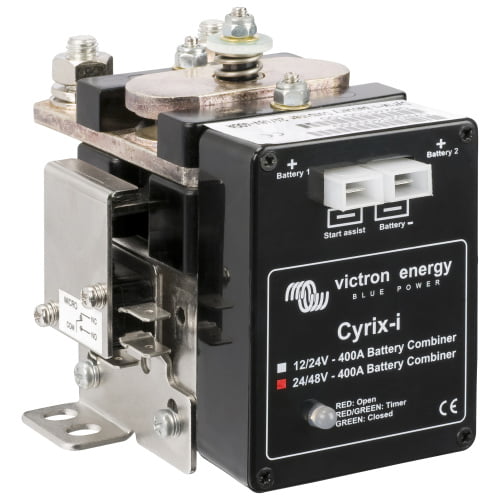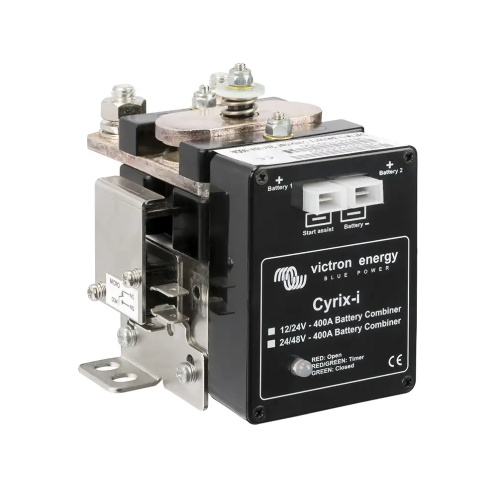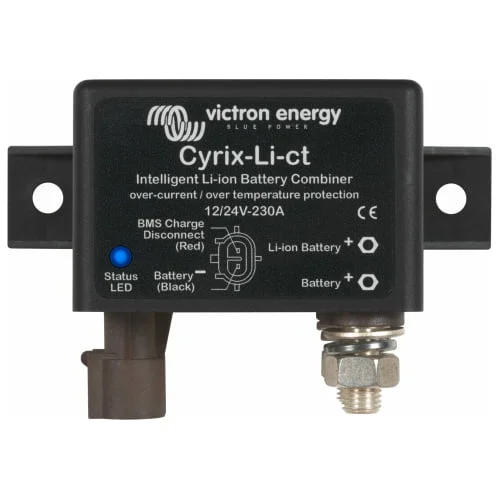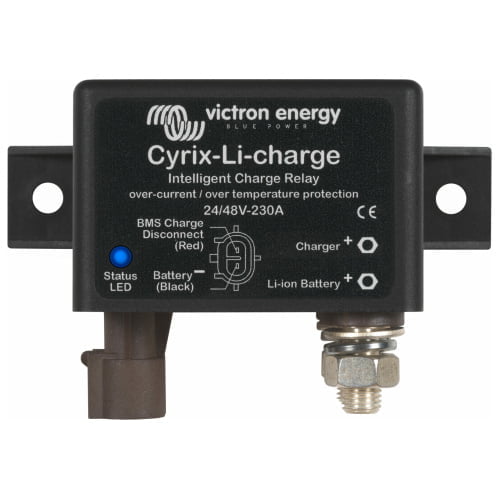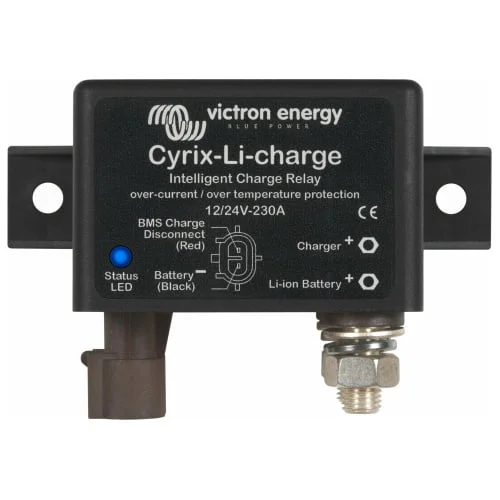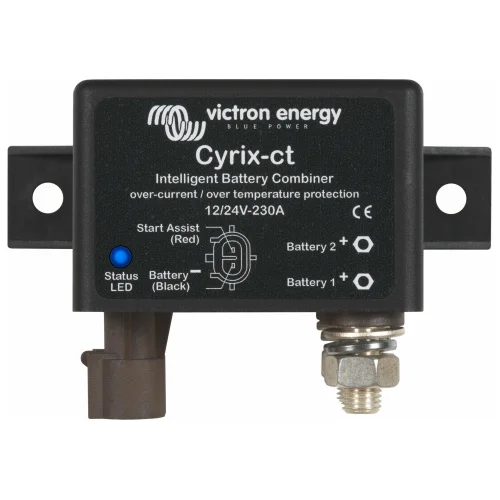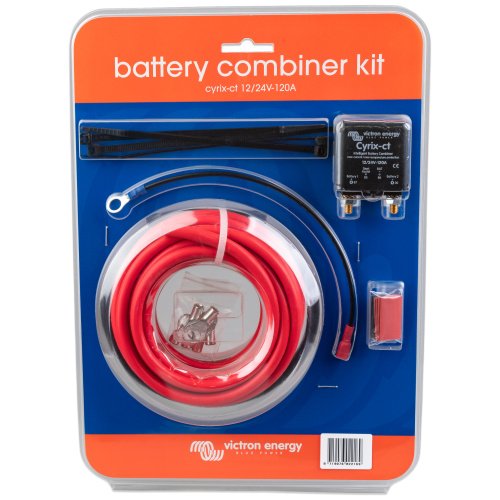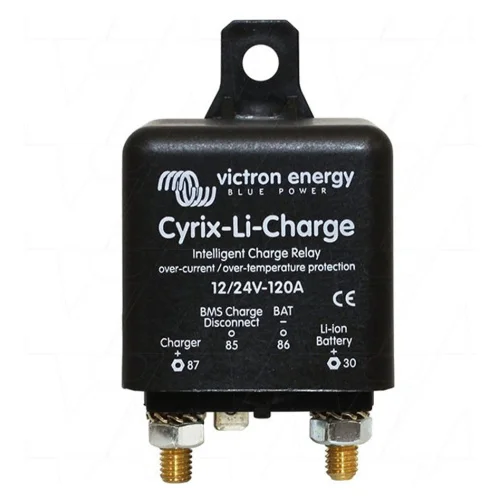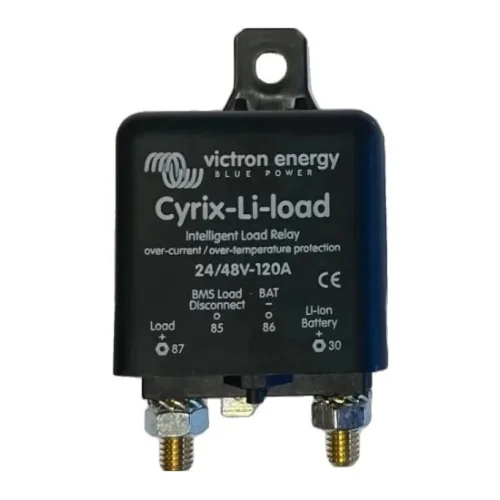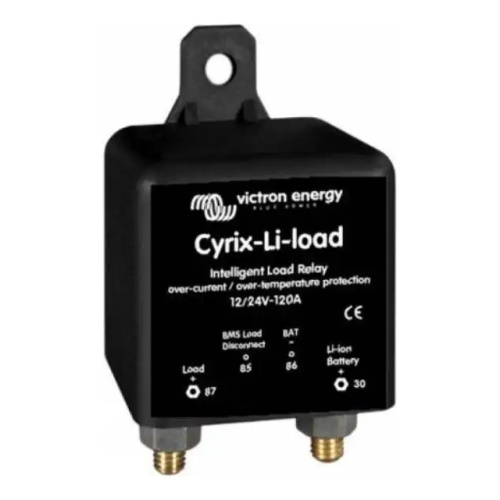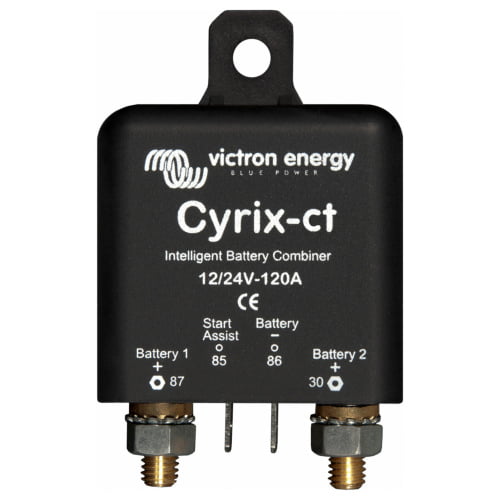- Free shipping to mainland Spain for orders over 300€.
Battery combiners
A battery combiner is a device that manages the charging and discharging of multiple batteries in an electrical installation, ensuring that they are used efficiently and avoiding overcharging or over-discharging.
Battery combiners optimise energy use in systems with multiple batteries, ensuring longer life and better performance of the electrical system.
Battery combiners
Main functions
- Automatic loading: A battery combiner allows multiple batteries to be charged from a single source (such as an alternator or solar panel), and ensures that each battery receives an adequate charge.
- Battery insulation: It prevents one battery from discharging another when no charge is available, protecting the main battery. An example would be the starter battery in a vehicle.
- Charging priority: Priority can be given to certain batteries, such as charging the starter battery first before charging auxiliary batteries.
- Protection against overload or deep discharge: Avoid damage to the batteries by ensuring that they are not discharged beyond the safe discharge level.
- Automatic switchover: Some models can connect or disconnect batteries depending on the power demand of the system.
Cyrix battery combiner
The Cyrix battery combiner is a heavy-duty relay with microprocessor control. It automatically links batteries in parallel when one battery reaches a certain voltage, indicating that it is charging. It also disconnects them when the voltage drops below the float level, indicating that one or more batteries are discharging.
These combiners are an excellent alternative to diode bridges. They are designed to minimise virtually any voltage loss, avoiding the need to increase the output voltage of alternators or battery chargers.
Argo diode battery combiner
Diode battery combiners are used to ensure a continuous supply of DC power to critical equipment such as electronic motor control systems. With diode battery combiners, two or more DC power supplies can be connected in parallel to ensure the operation of this critical load. If one of the sources fails, the power supply will not be interrupted, keeping the system operational.
Benefits of using a battery combiner
- Protects the main battery: Prevents the starter battery from being discharged by feeding auxiliary loads.
- Efficient charging: Ensures that all batteries are charged without overcharging and thus prolongs their service life.
- Automatic isolation: Prevents batteries from discharging each other.
- Increases battery life: Reduces deep discharge cycles of batteries and protects them from damage.
Choosing a battery combiner
In the process of buying a battery combiner, the following factors must be taken into account:
- System voltage: 12V, 24V, 48V
- Battery type: AGM, Gel, Lithium, Lead-Acid.
- Maximum withstand current: depends on system consumption.
- Method of connection and compatibility with the electrical system.
Uses of battery combiners
- Recreational Vehicles (RVs): Separate the starter battery from the house batteries to ensure that the starter battery always works properly.
- Boats: Manages starter and service batteries, preventing the starter battery from discharging.
- Solar systems: Battery combiners are used in this case to distribute the load from solar panels to several batteries without the risk of overcharging.
- Emergency vehicles: Ensures that lights, sirens and electronic equipment work without compromising the starter battery.

